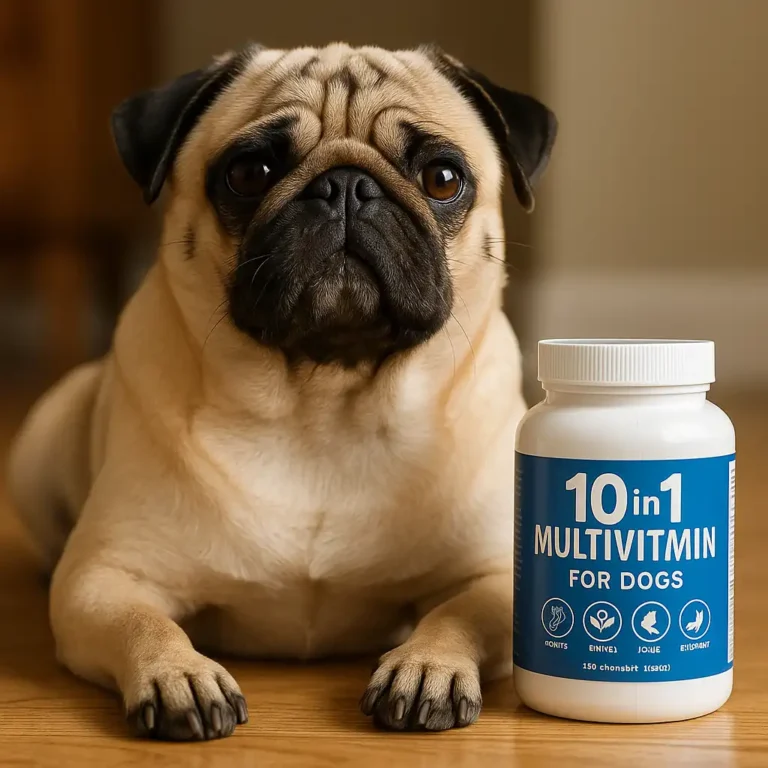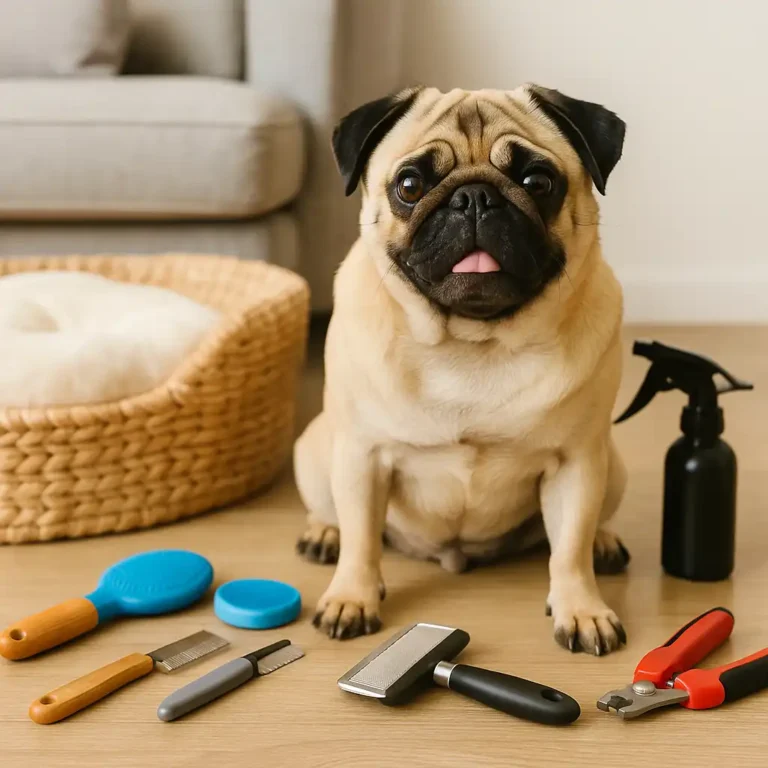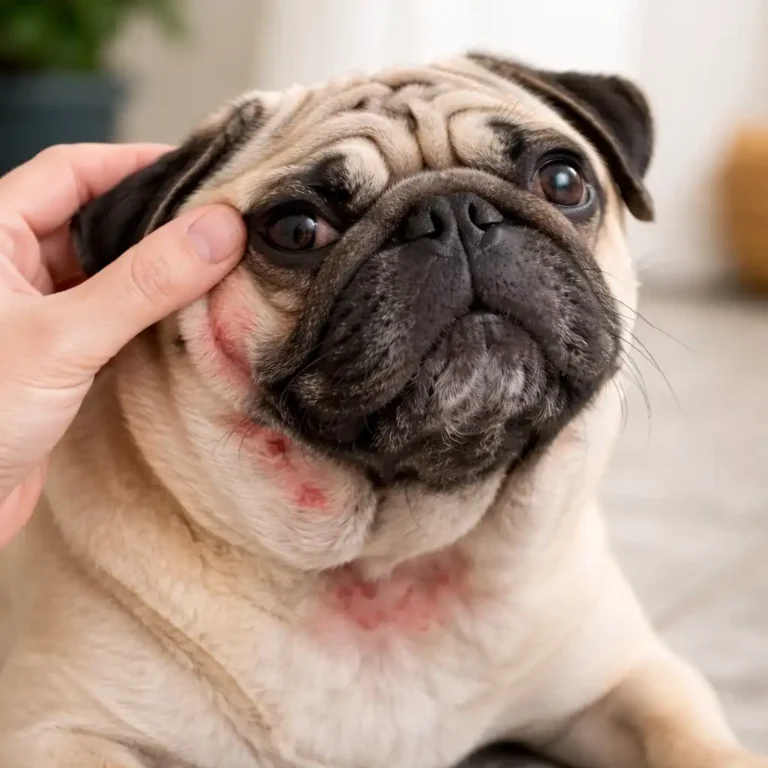Pugs’ Eyes Are Red: Common Causes and When to Worry

Disclosure: This post contains affiliate links. As an Amazon Associate, I earn from qualifying purchases—at no extra cost to you.
Last Updated: December 2025
Red eyes are a common concern for pug owners. You might notice your pug’s eyes looking irritated, watery, or bloodshot and wonder whether it’s just temporary—or a sign of something more serious.
Because pugs have prominent, exposed eyes, they’re naturally more vulnerable to irritation. Understanding what causes red eyes makes it easier to know when simple care is enough and when a vet visit is the safer choice.
👉 To better understand how eye issues connect with other breed-related health concerns, this overview of pug health concerns explains why pugs are especially prone to eye problems.
🔍 Why Red Eyes Are Common in Pugs
Pugs have large, forward-facing eyes that sit shallowly in their eye sockets. This makes them more exposed to dust, dry air, wind, and accidental bumps.
They also tend to blink less effectively than dogs with deeper-set eyes, which can lead to dryness and irritation over time.
🔍 Eye Irritation and Allergies in Pugs
Allergies are a very common reason pugs develop red eyes. Pollen, dust, smoke, and even household cleaning products can irritate the eyes and surrounding tissue.
Redness from allergies is often paired with watery eyes, frequent blinking, or pawing at the face.
🔍 Dry Eye (Keratoconjunctivitis Sicca)
Dry eye happens when the eyes don’t produce enough tears to stay properly lubricated. In pugs, this often leads to redness, thick discharge, and ongoing discomfort.
Without treatment, dry eye can increase the risk of infections and long-term damage to the surface of the eye.
🔍 Eye Infections and Conjunctivitis
Eye infections, including conjunctivitis, can also cause redness in pugs. These infections often come with swelling, discharge, and sensitivity to light.
Because pug eyes are so exposed, infections can develop quickly if early irritation isn’t treated.
🔍 Eye Injuries and Corneal Ulcers
Minor injuries, such as scratches from rough play or rubbing against furniture, can cause noticeable redness. Pugs are also more prone to corneal ulcers because of their eye shape.
These conditions are painful and require prompt veterinary care.
🔍 Signs Red Eyes Need Veterinary Attention
Mild redness may clear up on its own, but certain signs should never be ignored. Thick or colored discharge, squinting, cloudiness, excessive tearing, or changes in eye color are all warning signs.
If redness doesn’t improve within a day or starts to worsen, it’s best to have a vet examine your pug’s eyes.
📌 Key Takeaways
- Red eyes are common in pugs due to eye shape
- Allergies and irritation are frequent causes
- Dry eye and infections can cause ongoing redness
- Eye injuries can worsen quickly
- Persistent redness should be checked by a vet
🟢 FAQs
Q: Are red eyes normal for pugs?
Mild redness can happen occasionally, but frequent or severe redness isn’t normal.
Q: Can allergies cause red eyes in pugs?
Yes. Allergies are one of the most common causes of eye redness in pugs.
Q: Can red eyes go away on their own?
Minor irritation may clear up, but ongoing redness needs attention.
Q: Are red eyes an emergency?
They can be if pain, discharge, squinting, or vision changes are present.
✅ Conclusion
Red eyes are a frequent issue for pugs, largely because of their prominent eye shape and sensitivity to irritation. While some causes are mild, others can lead to serious eye damage if ignored. Paying attention to changes and acting early helps protect your pug’s comfort and vision.






